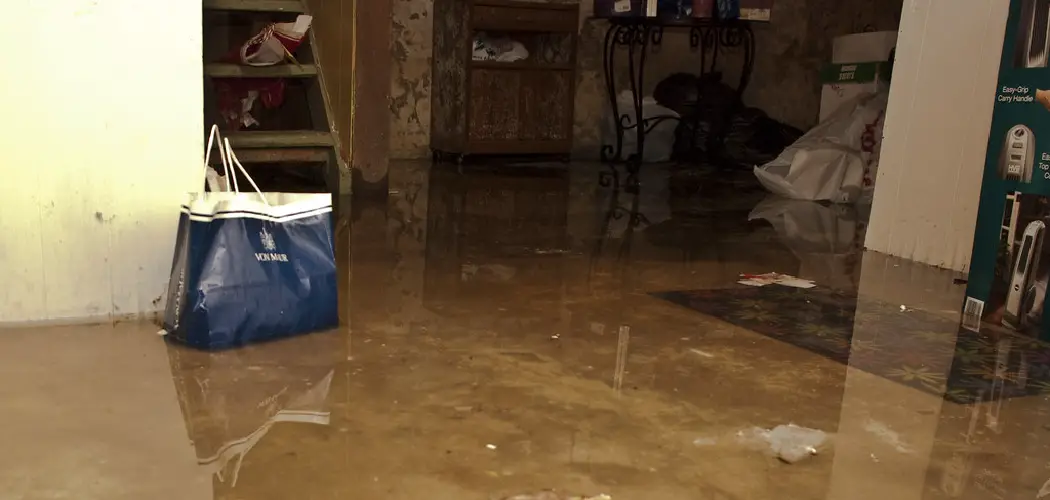Basements can quickly become filled with horrible-smelling drain water and dirt, making them difficult to use as storage space or a living area. But don’t give up on your basement yet – there is hope! Cleaning sewer water from your basement might sound like a daunting task, but it doesn’t have to be.
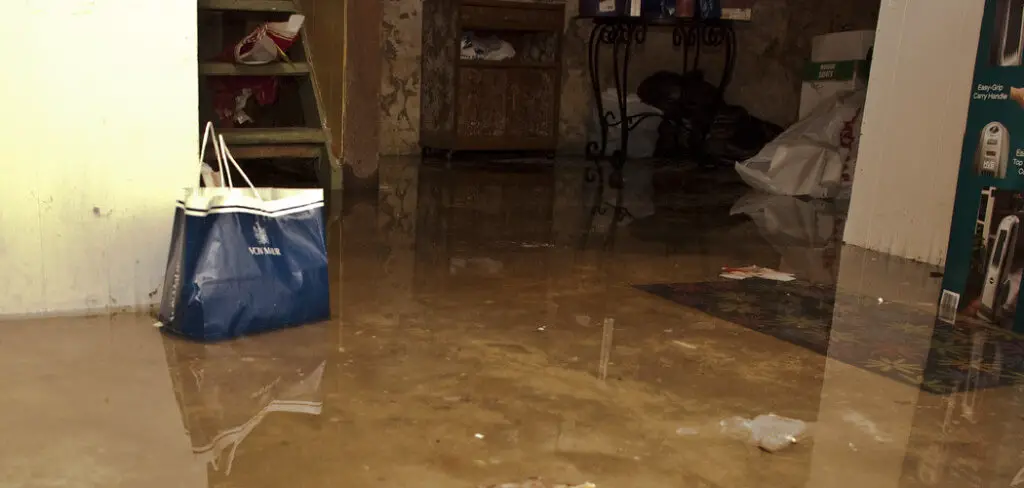
With the right tools, techniques, and safety precautions, you can make that dank-smelling basin into usable space! In this blog post, we’ll discuss the techniques for how to clean sewer water in basement safely and easily.
Tools and Materials You Will Need to Clean Sewer Water in Basements
- Industrial vacuum cleaner
- Submersible pump
- Safety equipment, such as safety glasses and gloves
- Mop or brush
- Hose
- Disinfectants or sanitizers (if needed)
Step-by-Step Guidelines on How to Clean Sewer Water in Basement
Step 1. Put on Safety Equipment:
Before beginning, wear safety glasses and gloves to protect yourself from contamination or injury during cleanup. It’s important to take safety precautions to keep yourself and anyone else in the area safe.
Step 2. Remove Standing Water:
Using an industrial vacuum cleaner, use a hose to suck up all of the standing water from the basement floor. Make sure to get as much water as possible before moving on to the next step. So remove standing water before anything else. If you remove standing water properly, the remaining water will be significantly easier to deal with.
Step 3. Pump Out the Remaining Water:
Once all of the standing water has been sucked up, use a submersible pump to get rid of any remaining water that has seeped into cracks and crevices on the basement floor. Make sure to get as much water out as possible. After pumping out the remaining water, turn off the pump and disconnect it from the hose.
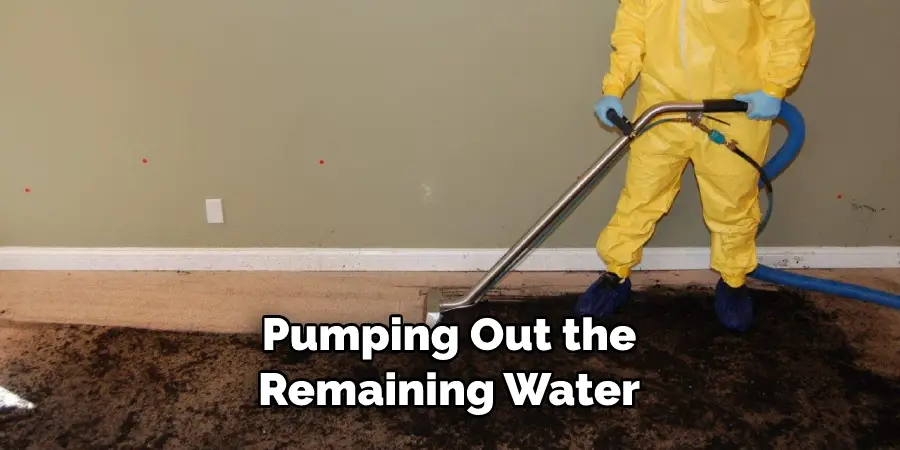
Step 4. Scrub Down the Walls and Floors:
Using a mop or brush, scrub down all the walls and floors to remove dirt and debris that might have accumulated while pumping out the water. Make sure to get into all of the nooks and crannies. YOu can also use a disinfectant or sanitizer to help remove bacteria from the surfaces.
Step 5. Disinfect:
Once the walls and floors have been scrubbed down, use disinfectants or sanitizers to kill any germs or bacteria that may be present in the basement due to the sewer water. Let the disinfectant sit for a few minutes before wiping it off with a damp cloth.
Step 6. Dry Out the Basement:
Once everything is clean and disinfected, use fans or dehumidifiers to dry the basement completely. This will help prevent mold or mildew from forming in the future. This step is especially important if the basement has flooded previously.
Following these steps should help you get rid of sewer water in the basement easily and safely. If the water is still not going away, then you may need to call a professional sewage cleanup team. They will be able to help identify the source of the problem and provide a permanent solution. Good luck!
Additional Tips and Tricks to Clean Sewer Water in Basement
1. Use a sump pump to remove the water from your basement. Make sure that you wear protective clothing, and don’t forget to activate the pump in order for it to work properly.
2. After the majority of the water has been removed, it’s time to start cleaning up any remaining dirt or grime from the walls, floors, and other surfaces. Make sure to use a mixture of bleach or other disinfectants with water to kill any remaining bacteria.
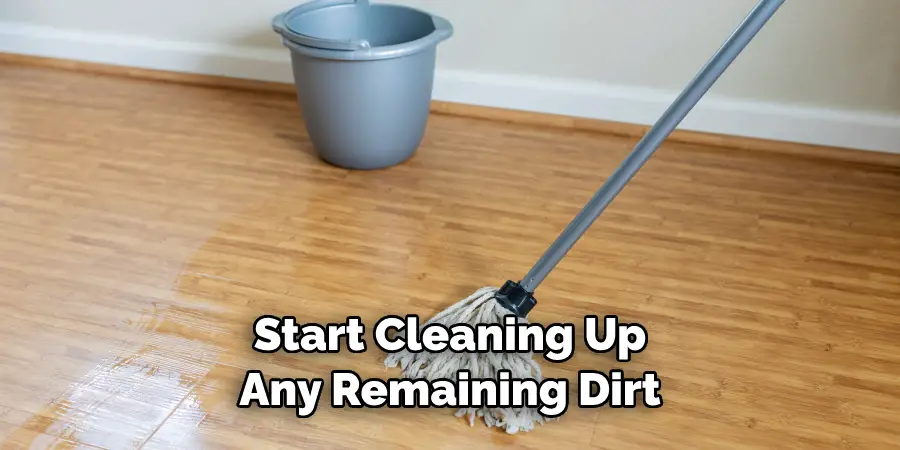
3. Open windows and doors in the basement so fresh air can circulate and reduce odors caused by sewer water contamination.
4. Clean out any drain pipes or lines that were affected by the contaminated water.
5. Dispose of any materials that were in contact with the contaminated water, such as rugs and furniture. If these items cannot be laundered or bleached, throw them away to prevent any further contamination.
6. After completing all of the steps above, thoroughly sanitize the entire basement area so no further contamination can occur.
7. Contact a professional plumber or sewer specialist if the problem persists or gets worse due to improper cleaning techniques or equipment failure. A professional will be able to identify the source of the contamination and provide a more permanent solution for your basement sewage problems.
8. Lastly, always keep an eye on potential issues with your basement sewer system and follow all safety protocols when dealing with contaminated water. It is important to be aware of potential hazards to protect yourself, your family, and your property. Acting quickly and safely can help you save time and money down the line!
These tips should help get you started on cleaning up a contaminated basement. Use safe and effective cleaning techniques to eliminate any harmful bacteria, and contact a professional if the issue persists or worsens. With these tips in mind, you’ll be able to keep your home safe and healthy!
Precautions Need to Follow for Cleaning Sewer Water in Basement
1. Wear protective gear such as gloves, face masks, and eye protection.
2. Ventilate the area by opening windows and doors to ensure proper air circulation.
3. Dispose of any items that have come in contact with sewer water immediately in a sealed plastic bag or container to prevent further contamination.
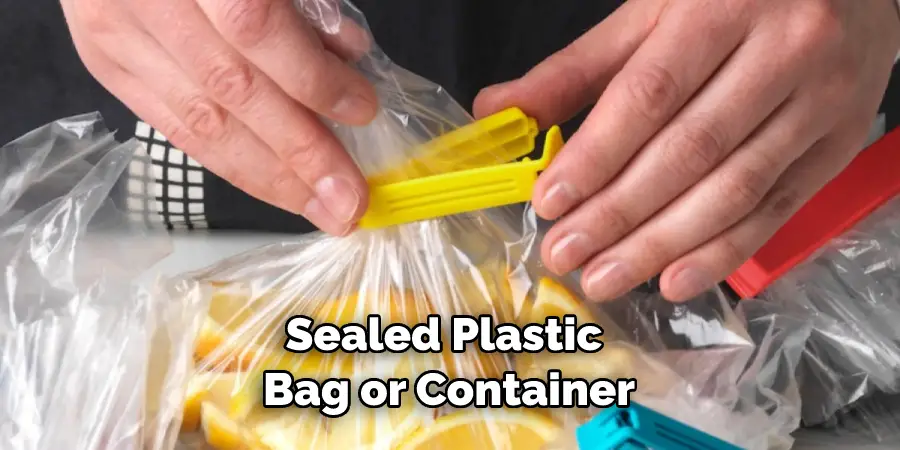
4. Use a mixture of bleach or other disinfectants with water to kill any remaining bacteria.
5. Clean out any drain pipes or lines that have been affected by the contaminated water.
6. Contact a professional plumbing expert if the issue persists or worsens, as they will be able to identify the source of the contamination and provide a more permanent solution for your basement sewage problems.
7. Always follow safety protocols to protect yourself and your family when dealing with contaminated water.
8. Regularly inspect the sewer system in order to prevent further contamination and costly repairs down the line!
With the precautions listed above in mind, you can safely and effectively clean up a contaminated basement. Keep your home safe and healthy by following these tips!
Preventative Measures for Cleaning Sewer Water in the Basement
1. Ensure that all pipes, drains, and lines are in good condition to avoid problems with contamination.
2. Use a sump pump routinely to keep basement water levels under control.
3. Install floor drains or a backwater valve in the main sewage line to help prevent backups from occurring in the future.
4. Regularly inspect the sewer system to look for any signs of wear and tear or damage.
5. Use a drain cleaning product or a professional plumbing service to clear out any clogs in the pipes.
6. Replace broken seals, joints, and fittings right away to prevent further contamination.
7. Make sure downspouts are directed away from the building’s foundation to help reduce the risk of basement flooding.
8. Check that the septic tank is functioning properly to avoid buildup and contamination in the system.
Following these preventative measures can keep your basement clean and safe from contaminated water! Regular sewer system maintenance will save you time and money in the long run. Stay safe and take good care of your home by following these tips!
Frequently Asked Questions
How Often Should I Inspect My Basement Sewer System?
You should inspect your basement sewer system at least once a year or whenever you notice signs of wear and tear or other issues. This will help to prevent any further contamination due to damaged pipes or fittings.
What Should I Do If My Basement Sewer System Is Contaminated?
If your basement sewer system is contaminated, you should contact a professional plumber to identify the source of the contamination and provide an effective solution. Also, take precautions such as wearing protective gear and using disinfectants to clean the area.
What Can I Do to Prevent Sewer Water Backups in the Future?
You can install a backwater valve to help prevent any backups from happening. Additionally, make sure your downspouts are pointed away from the building’s foundation, and inspect your plumbing system regularly for any wear and tear or damage.
Why Do I Need to Clean the Sewer Water in the Basement?
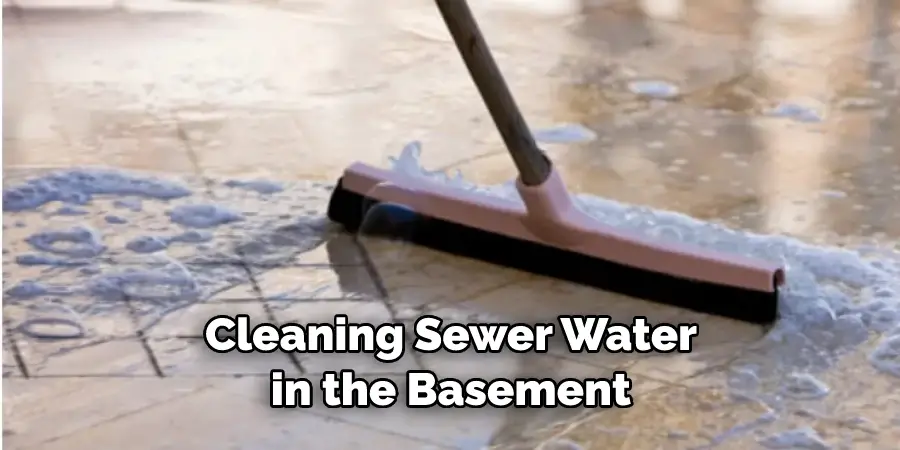
Cleaning sewer water in the basement is essential to maintain a healthy and safe environment. Sewage can contain harmful bacteria, viruses, and other contaminants that can cause disease if not removed properly. Additionally, contaminated water can lead to structural damage to your home due to rot, mold, or mildew. Regular sewer system maintenance and cleaning can help prevent these issues.
Conclusion
Knowing how to clean sewer water in basement is important to keep your home safe and healthy. Take precautionary measures such as inspecting the plumbing system regularly, using sump pumps to control water levels, and installing backwater valves.
Also, contact a professional plumber if you notice further contamination or backups in the sewer system. Following these tips will help ensure that you take good care of your home and prevent any costly repairs down the line!

